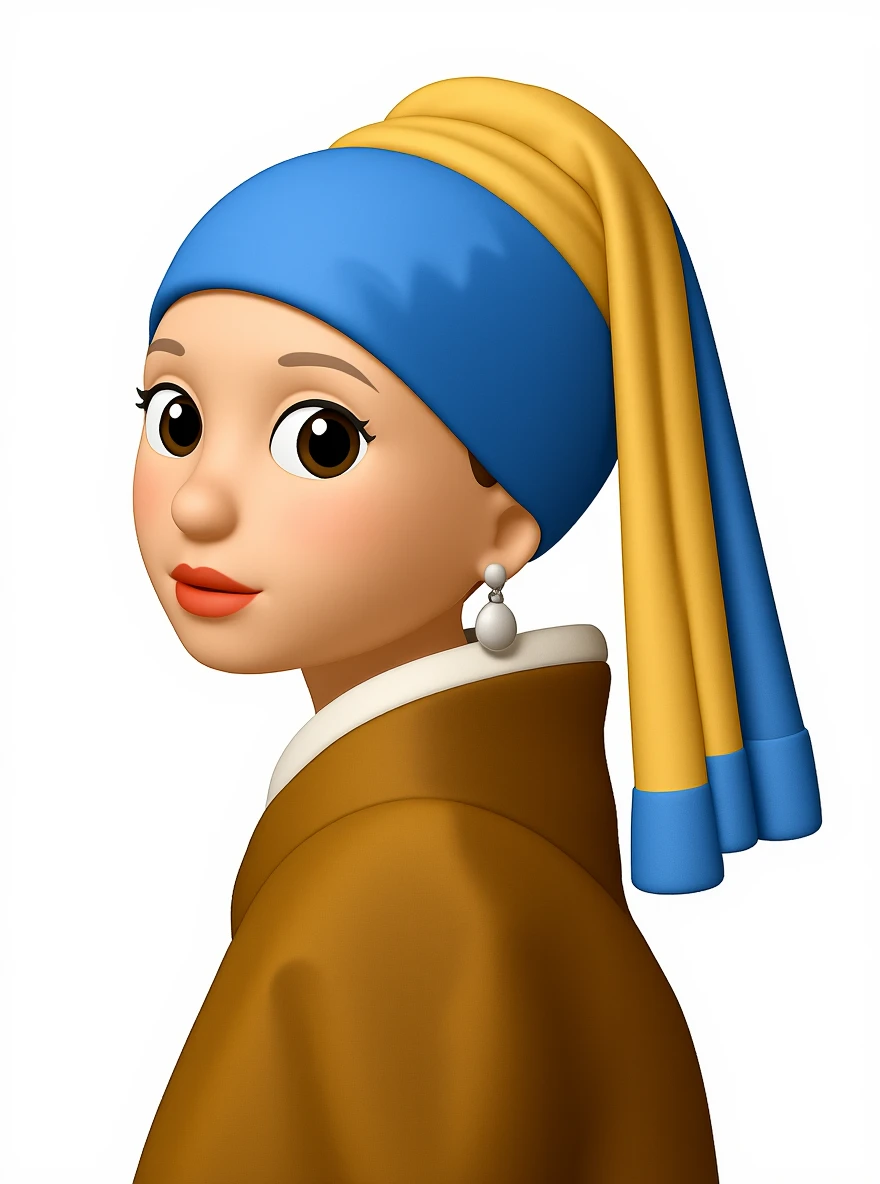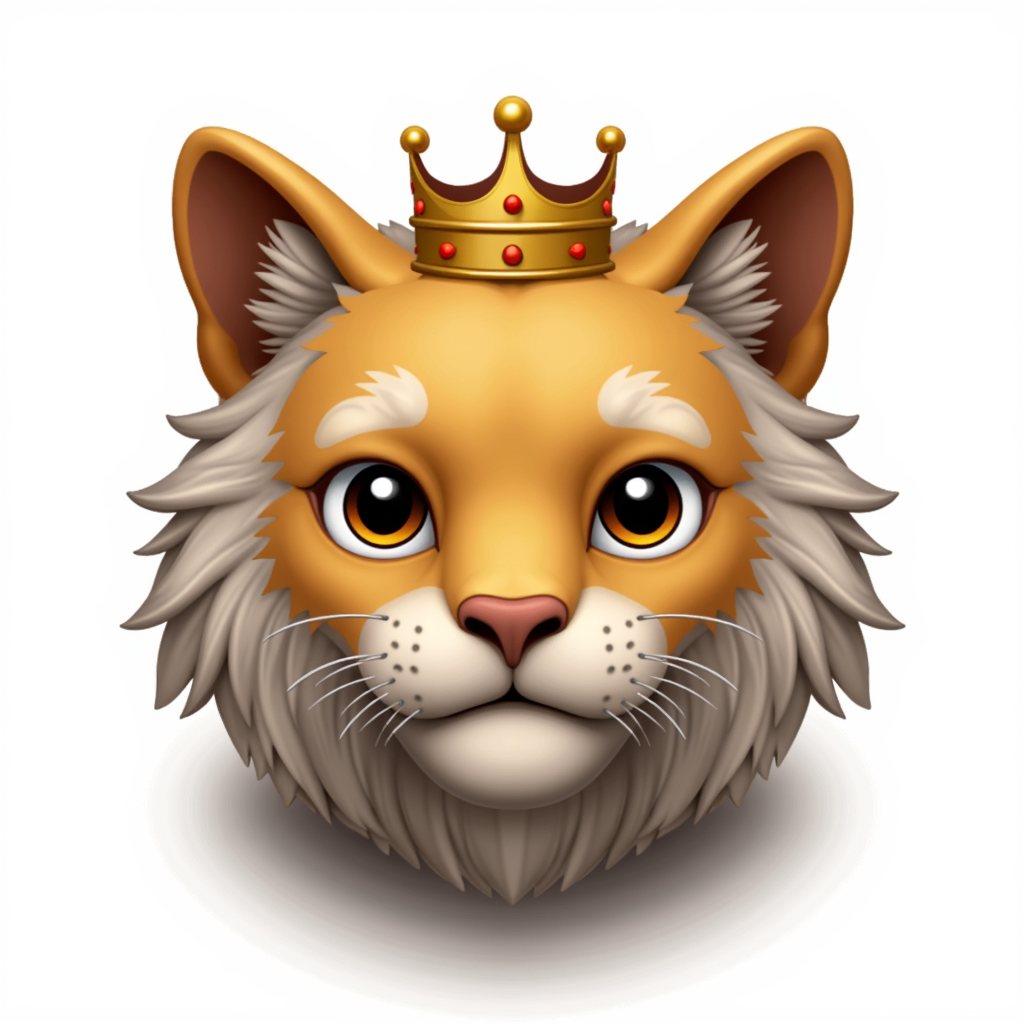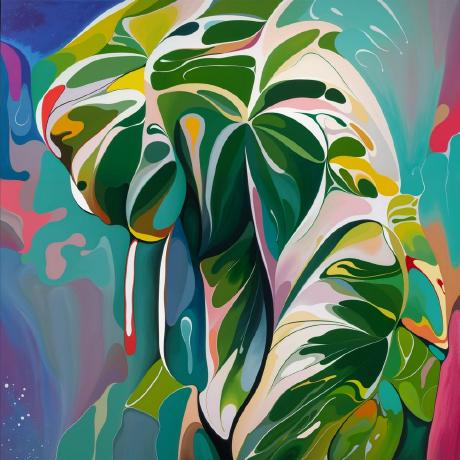Recommended Models

Use kontext to turn any image into an emoji, using a lora by starsfriday
Updated 4 months ago
4.4K runs

 appmeloncreator/platmoji-beta
appmeloncreator/platmoji-betaThis is an emoji generator fine tuned with Flux. (btw thx so much for the support on this)
Updated 11 months ago
73.2K runs

 miike-ai/flux-ico
miike-ai/flux-icoCreate beautiful icons & emojis
Updated 1 year, 2 months ago
19K runs

 fofr/sdxl-emoji
fofr/sdxl-emojiAn SDXL fine-tune based on Apple Emojis
Updated 2 years, 2 months ago
11.4M runs